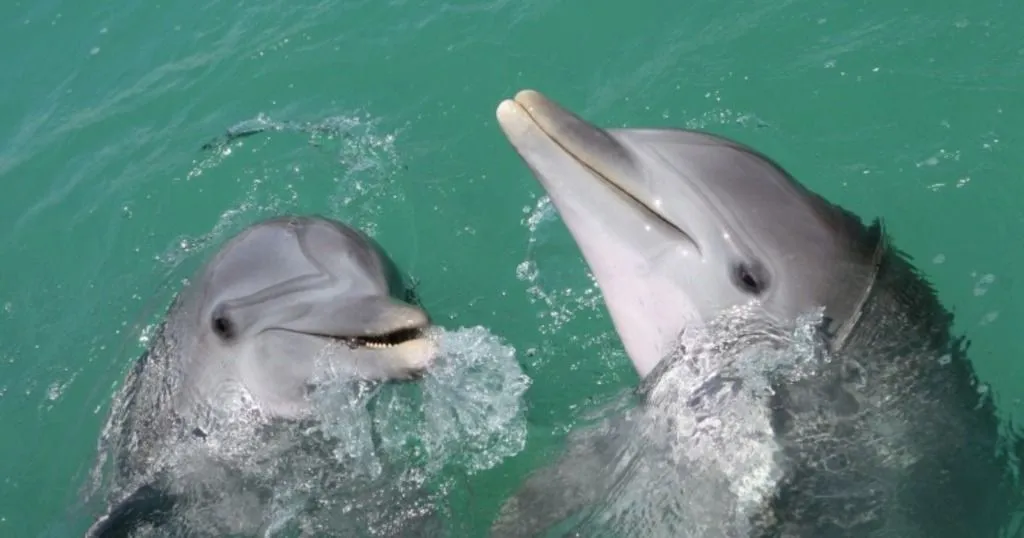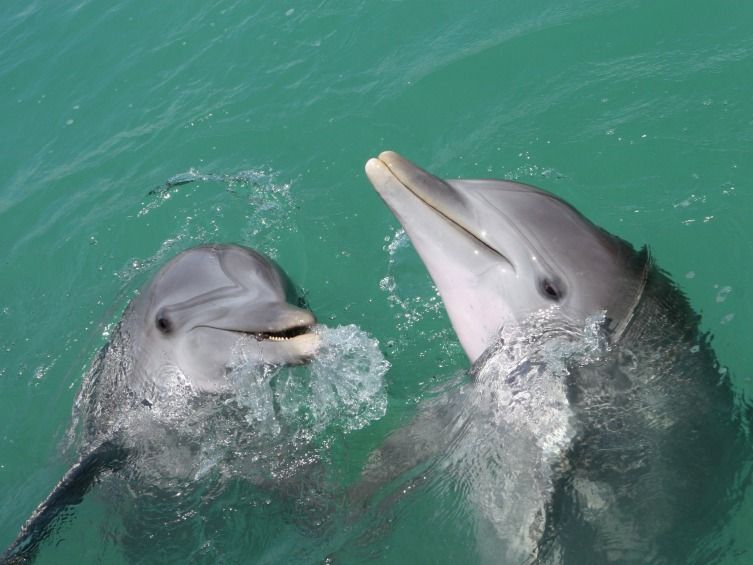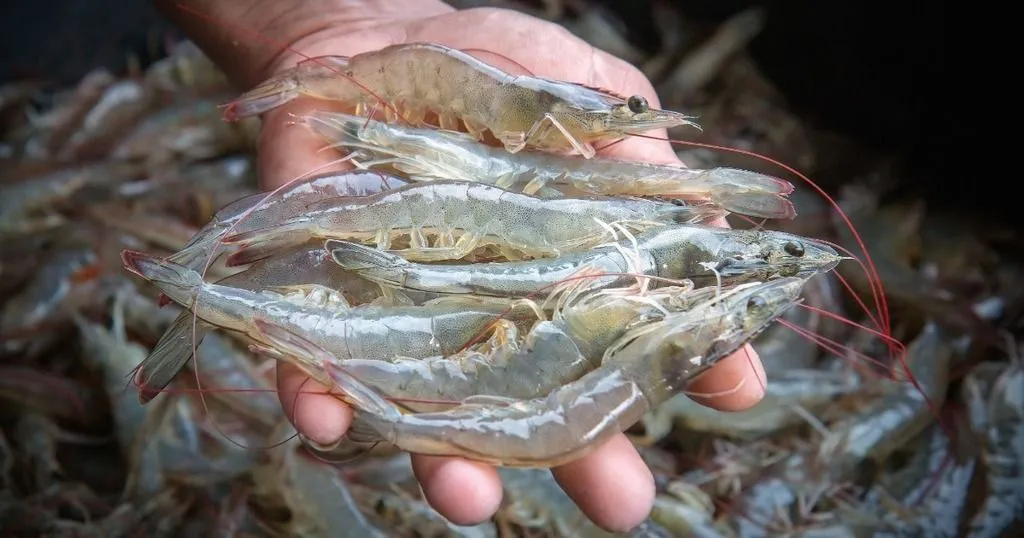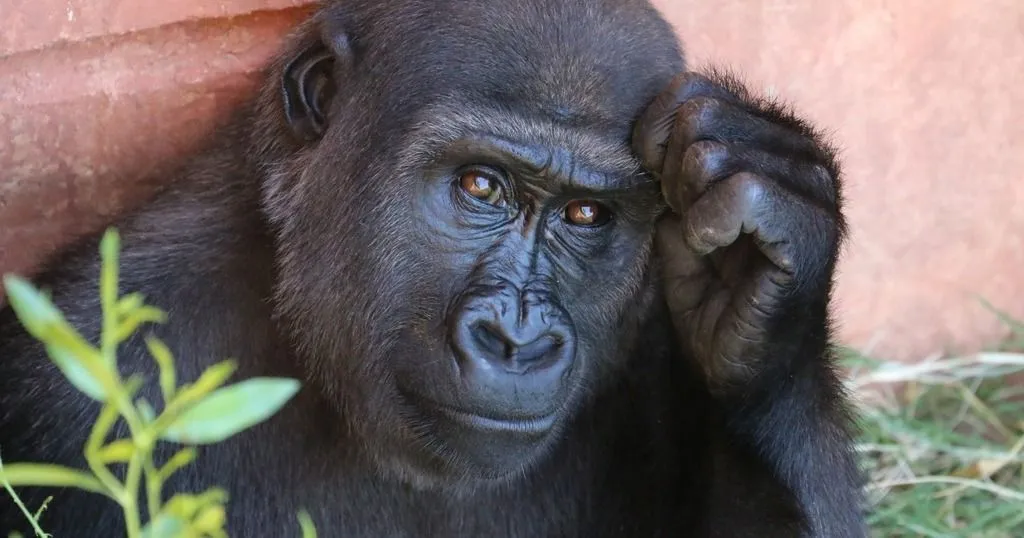Interspecific aggression: spotted dolphins vs. bottlenose dolphins
In the animal kingdom, competition is a part of life. Dominance hierarchies are common both within a group in a species (intergroup) or between two different species (interspecific).
Posted by
Published on
Mon 30 Jun. 2014
Topics

In the animal kingdom, competition is a part of life. Dominance hierarchies are common both within a group in a species (intergroup) or between two different species (interspecific). These hierarchies often result in aggression as the groups fight for dominance. It would make sense, therefore, that two species who are similar in status in the dominance hierarchy would have an unstable relationship and therefore engage in interspecific aggression continuously over time. One example of two species consistently engaging in interspecific aggression to establish dominance would be the Atlantic spotted dolphins (Stenella frontalis) and Atlantic bottlenose dolphins (Tursiops truncatus).
Building on previous research
This is not the first study done on the Atlantic spotted dolphin and Atlantic bottlenose dolphin populations at Little Bahama Bank in the Bahamas. These species have been observed since 1985 in the Wild Dolphin Project’s long-term study. The previous years of study have revealed that interspecific encounters make up 15% of all the dolphin encounters on Little Bahama Bank. These encounters can be aggressive or non-aggressive, with the non-aggressive being interactions such as play, foraging, or traveling. When encounters were non-aggressive, spotted dolphins were observed in larger groups than bottlenose dolphins.
Interspecific aggression makes up 30% of the interspecific encounters. During interspecific aggression, the overall group size of spotted dolphins is typically larger than bottlenose dolphins, and the average number of individuals that participate in the aggressive behavior is higher in the spotted dolphins than the bottlenose dolphins. The males of both species participate in aggression, while the females are present but inactive. Overall, the presence and the size of male spotted dolphin groups appeared to be important for determining the outcome of the aggressive behavior. However, the presence of the bottlenose dolphin groups seemed to not be an important factor.

The focus of this study
This study built on the results of the previous research. The goal of this study was to examine specific dynamics of interspecific aggression after it began, including describing and quantifying occurrence, testing if one species was more dominant, and testing which factors ended up having the strongest influence on the outcome of the interspecific aggression.
Aggressive encounters consisted of numerous aggressive events within the time Jessica Cusick et al. observed them. The direction of the aggression was not always consistently one-way. Sometimes it switched and the species that had previously been the victim became the aggressor. In order to collect data, video was recorded and then viewed and scored using The Observer XT. The dominant species and the victim species were determined for each encounter. The dominant species was the one that was the aggressor for significantly more behavioral events than the other species.
In conclusion
Overall, the spotted dolphin group still had the strongest impact on the dynamic of aggression. The spotted dolphins impacted which group initiated aggression, the direction of the aggression, and the occurrence of shifts in dominance. The synchronous behavior of spotted dolphin groups impacted aggression and dominance in the encounters more than the group size of the spotted dolphins or what species they were. However, this does not suggest one species was more dominant than the other. Out of thirty-two aggressive encounters analyzed, spotted dolphins dominated sixteen encounters while bottlenose dolphins dominated twelve. This suggests that over a long period of time, the aggression between the two species of dolphin was bidirectional. Adult groups were typically the ones to dominate encounters, as opposed juveniles.
There are many factors which impact aggressive interactions between two species. It is important to examine these when looking at interspecific aggression in order to see their impact. In the future, synchronous behavior of both spotted and bottlenose dolphins should be quantified during aggressive and non-aggressive interactions in order to provide more information about the purpose of synchronous behavior in dolphins.
References
Cusick, J.A.; Herzing, D.L. (2014). The dynamic of aggression: how individual and group facts affect the long-term interspecific aggression between two sympatric species of dolphin. Ethology, 120, 297-303.
Related Posts

Studying shrimp feeding behavior and why it’s important for aquaculture

